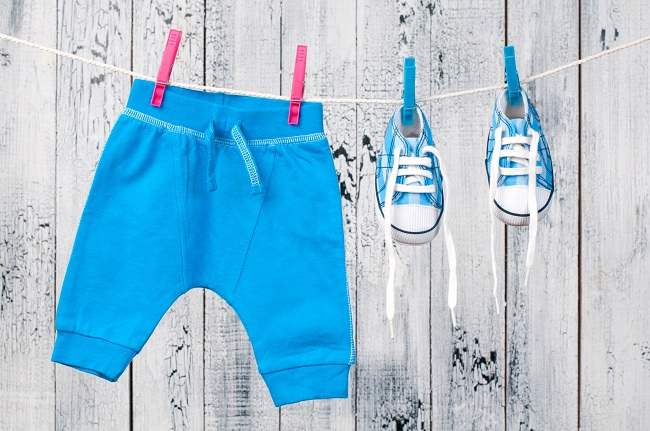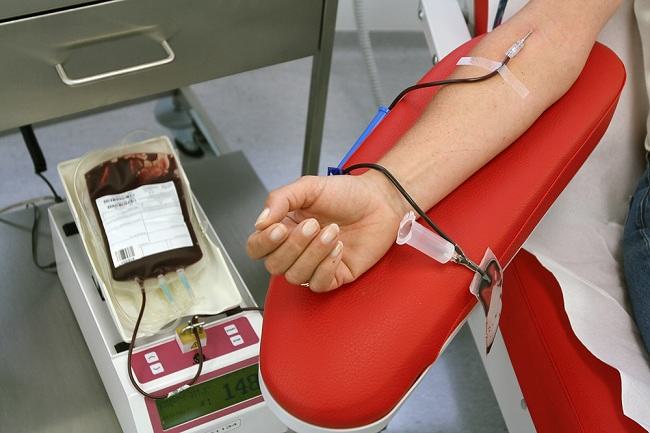There are various breastfeeding myths that you may have often heard. MEven though the myths are not supported by scientific facts, there are still many people who believe, you know . So that you are not confused by wrong information, know what the breastfeeding myths are and the facts behind them.
Information about breastfeeding can be obtained from various places and people around you, including when relatives or family visit to see your little one. Although sometimes there is comforting, there is also a lot of information that actually makes you confused and worried.

Calm down, Bun, not all things need to be swallowed whole. Review and sort back the various information about breastfeeding that you receive. Don't worry, it's just a myth.
The Facts Behind the Myth of Breastfeeding
Here are some common breastfeeding myths and scientific facts:
1. Mothers who have just given birth can't produce enough milk
In fact, Mother's breasts will produce milk in sufficient quantities according to the needs of the Little One.
Breast milk production is determined by the frequency of breastfeeding and the attachment of the baby while breastfeeding. The more often you give breast milk to your little one, and the little one's mouth attaches to your nipple properly, the more abundant the milk will be issued.
2. Breastfeeding always hurts
Breast pain is generally only felt in the first few days of breastfeeding, because at this time the nipples are still very sensitive and you may not know how to breastfeed properly.
Try to find a comfortable breastfeeding position and make sure your baby's mouth is attached to your nipple.
If you are still having trouble finding the correct breastfeeding position and latch, don't hesitate to ask for help from a pro-breastfeeding nurse, breastfeeding counselor, or relative who already has breastfeeding experience.
3. Children who are breastfed are more plump and smart
In fact, there are no studies that show that breastfed children are fatter or smarter than non-breastfed children. Therefore, Mothers do not fall prey to this breastfeeding myth. The most important thing is that your little one's nutritional needs are still met, either through breastfeeding or formula milk.
4. Breasts need rest so that breast milk is filled again
In fact, the more often you breastfeed or pump milk, the more milk your breasts will produce. Resting the breast will actually make the supply of milk reduced.
So, in order to keep breast milk production smooth, breastfeed your little one 9-10 times a day, yes, Bun. When you are not with your little one and your breasts feel full, you can express and store your milk as a backup.
5. Avoid giving expressed breast milk (ASIP) via a bottle because it can make the child confused about the nipple
No need to worry if you can't always give breast milk directly, but through a bottle. Mothers can introduce bottles to your little one at the age of 2-6 weeks alternately. For example, a day directly fed and a day with a bottle.
That way, your little one will learn to suckle from a bottle without losing the ability to suckle from the breast. Don't forget to still hold and hug your little one even though breast milk is given in a bottle, yes, Bun.
6. Small breasts don't produce enough milk
This is also a breastfeeding myth. Breast size is not related to the amount of milk produced or not. So, regardless of the size of your breasts, keep making efforts to keep your milk flowing smoothly.
7. Drinking formula milk makes babies sleep better
Formula-fed babies may tend to sleep longer, but that doesn't mean they're more restful. This is because formula milk is more difficult and takes longer to digest than breast milk. However, don't worry. On average, after 4 weeks, newborns can sleep as long as babies who drink formula.
8. The mother should stop breastfeeding if the baby has diarrhea
Breast milk is actually the right "medicine" for babies who are sick. Breastfeeding while your baby has diarrhea can help protect his digestive system and fight infection and prevent dehydration. In addition, breastfeeding also helps calm the baby.
9. Breastfeeding will make your breasts sag
In fact, sagging breasts are not caused by breastfeeding, but rather the physical changes that occur during pregnancy.
During pregnancy, the ligaments that support the breasts are likely to stretch, so the breasts will look more saggy afterwards. So, it is not only breastfeeding mothers who experience sagging breasts, mothers who do not breastfeed their babies too.
10. You can't breastfeed if your nipples are bleeding
It's normal to have sore nipples, especially in the early days of breastfeeding. Mothers can continue to breastfeed, even if the nipples are still bleeding and painful, because this condition generally does not harm the baby. However, if you are worried, you can make sure to see a doctor first.
By knowing the facts behind the breastfeeding myth, it is hoped that you will be able to filter back any information that you hear or read. So, before believing it, first check the truth from the medical side. If necessary, consult a doctor.









